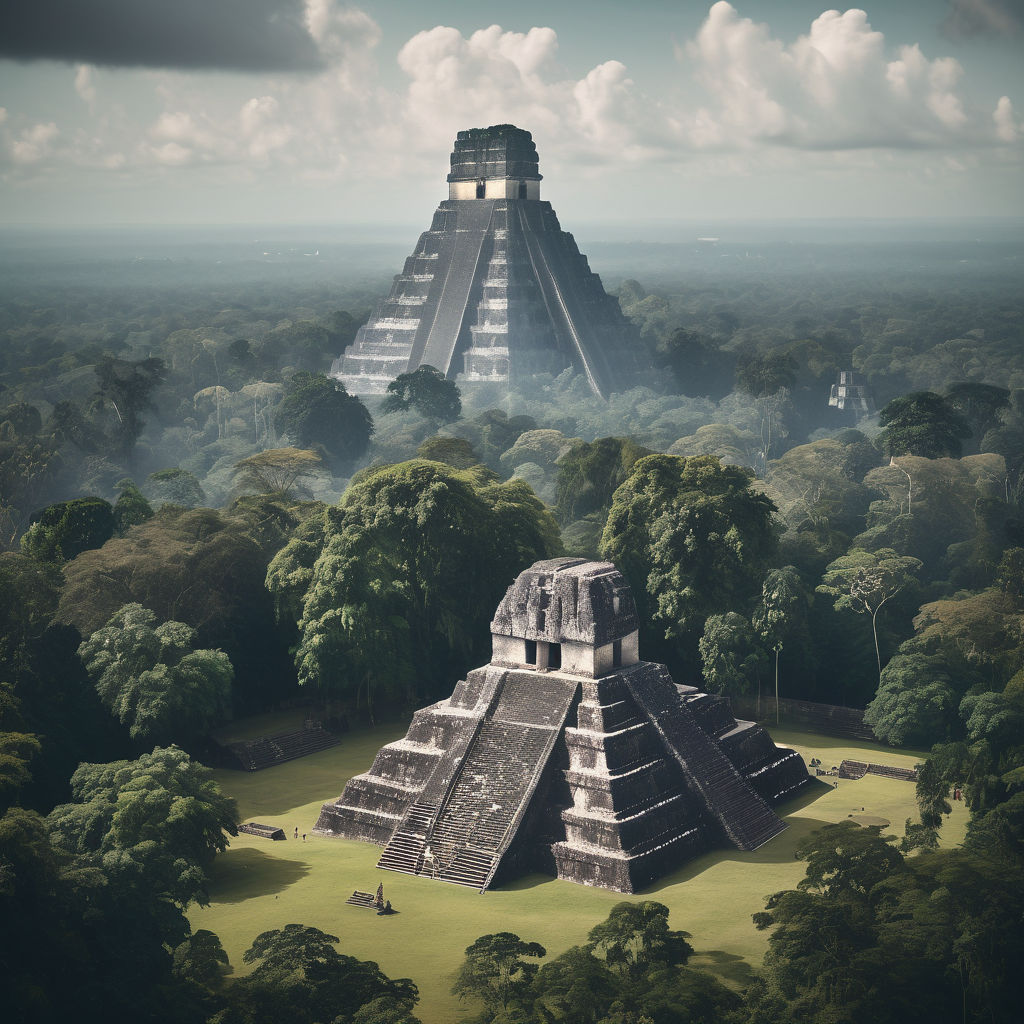Discover Guatemala: A Cultural and Geographical Gem of Central America
Explore Guatemala's Rich Heritage and Cross-cultural Dynamics

Introduction to Guatemala
Guatemala, located in Central America, is bordered by Mexico to the north and west, Belize and the Caribbean to the northeast, Honduras to the east, El Salvador to the southeast, and the Pacific Ocean to the south. It is known for its diverse geography, which includes volcanoes, mountains, and rainforests. The major cities include Guatemala City, the capital and largest city, as well as Quetzaltenango, Antigua, and Escuintla. Guatemala boasts a rich cultural heritage influenced by its indigenous Mayan roots and Spanish colonial history, making it a vibrant and historically significant country.
Cross-national and Cross-cultural Understanding
Guatemalans generally perceive and engage with other cultures with a mix of curiosity and traditional values. The country's history of being a melting pot of different ethnicities and cultures has fostered an environment where cultural exchanges are not uncommon. Educational programs and international partnerships play a significant role in promoting cross-cultural understanding. Numerous exchange programs exist between Guatemalan universities and institutions around the world. These programs allow students to experience different cultures firsthand, fostering a greater understanding and appreciation of global diversity. Additionally, international organizations and NGOs often collaborate with local communities to implement projects that emphasize cultural exchange and mutual learning.
Interactions and Social Dynamics
Interactions between Guatemalans and foreigners are typically warm and welcoming. Guatemalans are known for their hospitality and friendliness, often going out of their way to make visitors feel at home. Social behaviors are generally polite and respectful, with a strong emphasis on family values and community. Communication styles in Guatemala are usually indirect and context-sensitive, similar to other Latin American countries. Guatemalans often use polite language and gestures to convey their messages, which can sometimes be subtle. Understanding these social cues is important for effective communication. Multilingualism is another significant aspect of Guatemalan society. While Spanish is the official language, there are 23 officially recognized indigenous languages, reflecting the country’s diverse cultural heritage. English is also widely spoken, especially in tourist areas and among the younger population. This linguistic diversity facilitates interactions with foreigners, making communication smoother and more inclusive.
Views on Dating and Relationships
Dating and relationships with foreigners are viewed with a mix of interest and traditional caution in Guatemala. The country has a conservative society where family approval and societal norms play a crucial role in personal relationships. However, globalization and modern influences have begun to shift these perspectives, especially among the younger generation. Intercultural dating is becoming more common, particularly in urban areas where exposure to different cultures is greater. Social media and international travel have also contributed to this trend, broadening the horizons for many Guatemalans. While traditional values still hold significant sway, there is an increasing acceptance of cross-cultural relationships.
Marriage and Family
Marrying a foreigner in Guatemala involves navigating both legal and social considerations. Legally, foreigners can marry Guatemalan citizens, but the process requires specific documentation and adherence to local laws. Socially, cross-cultural marriages are gaining acceptance, though they may still face scrutiny from more traditional segments of society. Family plays a central role in marriage decisions, and their approval is often crucial for a successful relationship. Cross-cultural marriages require effort to harmonize different cultural practices and expectations. Despite these challenges, many cross-cultural couples find that their diverse backgrounds enrich their family life, bringing broader perspectives and experiences. Common practices in cross-cultural marriages include incorporating elements from both cultures into wedding ceremonies and daily life. These marriages often highlight the beauty of cultural fusion, with couples celebrating festivals and traditions from both backgrounds.